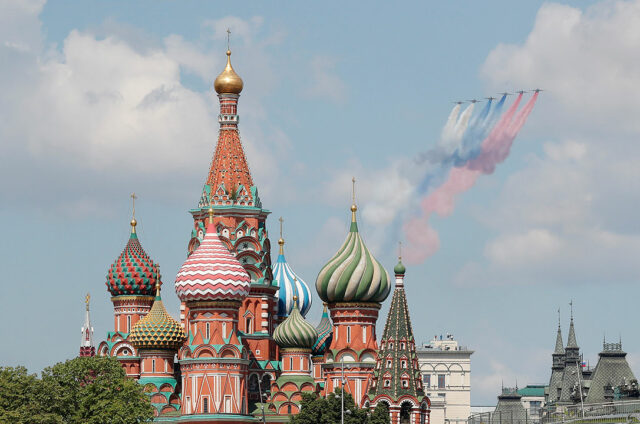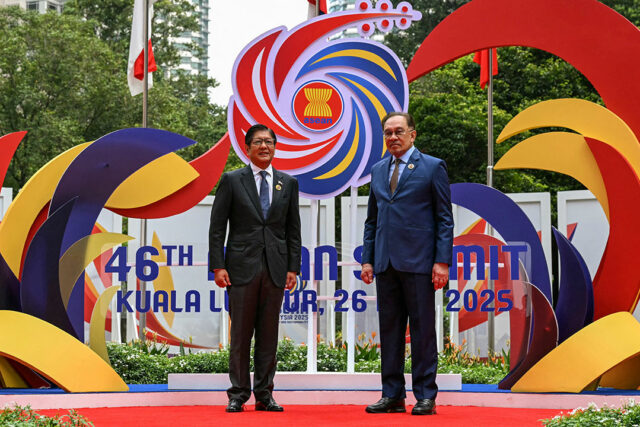EU sees ‘new impetus’ in US trade talks, businesses worry over uncertainty

BRUSSELS – U.S. President Donald Trump’s decision to drop his threat to impose 50% tariffs on European Union imports from next month gave ‘new impetus’ to trade talks, the EU said on Monday, as global stock markets climbed and the euro rallied.
Back-tracking on the new tariffs he announced on Friday, Trump on Sunday restored a July 9 deadline to allow for talks between Washington and the 27-nation bloc to produce a deal after what he said was “a very nice call” with EU Commission chief Ursula von der Leyen.
The pan-European stocks index recovered to where it was trading before Friday’s surprise tariff announcement and the euro rose to its highest since late April. Gold prices fell as Trump’s latest move reduced demand for the safe-haven asset.
“They agreed both to fast track the trade negotiations and to stay in close contact,” a European Commission spokesperson said of Trump and von der Leyen’s conversation.
US and EU trade representatives were due to hold talks later on Monday.
“There’s now also a new impetus for the negotiations, and we will take it from there,” the spokesperson said.
The U.S. president’s about-turn reminded policymakers and investors how quickly his trade policy could change, however, and it was unclear how the EU would square its push for a mutually beneficial trade deal with U.S. calls for steep concessions.
Commerzbank currency strategist Michael Pfister said the European Union could reach a deal with the U.S. by July 9 but that Friday’s announcement made clear the respite was temporary.
“It is questionable what has changed in terms of the fundamental problems following a phone call,” he said.
EU COMPANIES ON EDGE
Several businesses leaders said the sheer uncertainty made it hard to plan anything.
Gianmarco Giorda, managing director of Italy’s auto part maker lobby group ANFIA, told Reuters he still hoped the talks would succeed but that formulating strategies was complicated:
“U.S. duties are an additional source of concern in an already difficult scenario for the Italian automotive industry.”
Germany’s family-owned LAPP Group, which makes everything from cables and wires to robotics for factories, warned that some of its specialised products would still be affected by the volatile business environment.
“Unfortunately, current U.S. politics is characterised by unpredictability, individual interests and populism,” CEO Matthias Lapp told Reuters.
“Germany’s good transatlantic relations have been built up over decades of diplomatic work and mutual understanding. However, confidence in their stability is currently suffering massive damage.”
EU trade chief Maros Sefcovic held a video conference on Monday with the CEOs of Mercedes-Benz, Volkswagen, BMW and Stellantis, as businesses wondered what plans, if any, they should make.
FRUSTRATION
Trump, who has repeatedly expressed disdain for the EU and its treatment of the United States on trade, dropped the plan to recommend a 50% tariff effective from June 1 after von der Leyen told him that the EU needed more time to come to an agreement.
“I agreed to move it,” Trump said before returning to Washington after a weekend in New Jersey. “She said we will rapidly get together and see if we can work something out.”
Von der Leyen said in a post on X that she had a “good call” with Trump and that the EU was ready to move quickly.
“Europe is ready to advance talks swiftly and decisively,” she said. “To reach a good deal, we would need the time until July 9.”
The negotiations had been stuck, with Washington demanding unilateral concessions from Brussels to open up to U.S. business while the EU seeks an agreement in which both sides could gain, according to people familiar with the talks.
The EU already faces 25% U.S. import tariffs on its steel, aluminum and cars and so-called “reciprocal” tariffs of 10% for almost all other goods, a levy that had been due to rise to 20% after Trump’s 90-day pause expires in July.
The levy could increase to 50% in a no-deal scenario, which could raise consumer prices on everything from German BMWs and Porsches to Italian olive oil and hurt demand for French luxury handbags.
It was not clear, however, whether the 50% would be levied on imports not subject to the U.S. ‘reciprocal’ tariff, such as steel, cars and other products subject to investigations, such as semiconductors, pharmaceutical products and lumber. — Reuters













